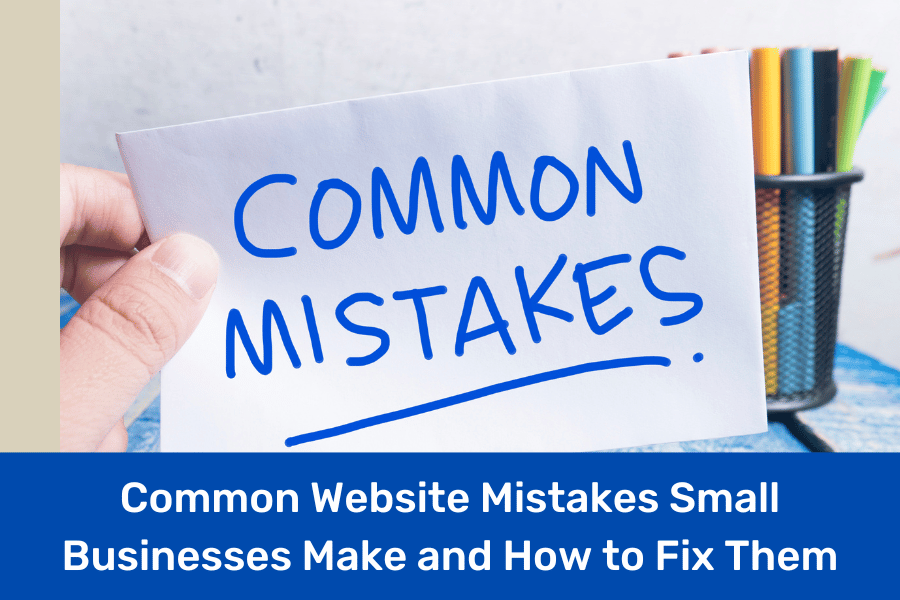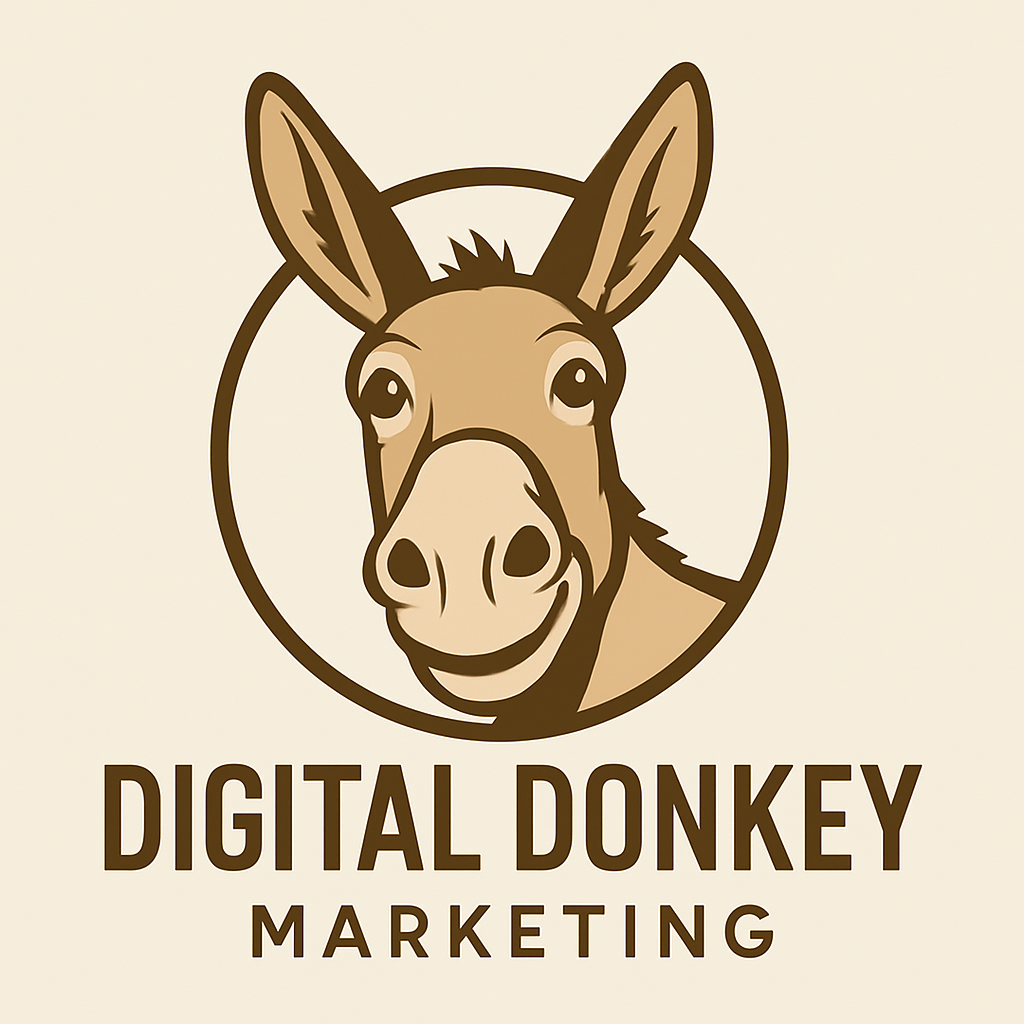Your website is often the first interaction a potential customer has with your business. For small, local businesses, a strong online presence can significantly impact customer engagement and revenue. Unfortunately, many business owners unknowingly make common website mistakes that can hurt their online success. Let’s dive into these pitfalls and explore how you can easily fix them to create a website that drives growth.

Overlooking Mobile Responsiveness and Accessibility
Have you ever opened a website on your phone and struggled to click tiny buttons or read minuscule text? If your website isn’t mobile-friendly, that’s exactly the frustration your potential customers face. Today, more than half of all website traffic comes from mobile devices. Ignoring mobile responsiveness not only irritates visitors but also negatively impacts your SEO ranking.
Additionally, accessibility matters. Your site should accommodate all visitors, including those with disabilities. Accessibility means easy navigation, readable fonts, and using text alternatives for images. Neglecting this could limit your reach and exclude valuable customers.
To fix this:
- Choose a responsive website design that automatically adjusts to screen sizes.
- Use clear, readable fonts and appropriately sized buttons for easy navigation.
- Implement alt text on images to improve accessibility and boost SEO.
By optimizing for mobile and accessibility, you ensure a seamless experience for all users, expanding your potential customer base.
Ignoring the Importance of Clear Calls-to-Action
When someone visits your website, do they clearly understand what you want them to do next? If not, you’re missing out on valuable interactions. Clear calls-to-action (CTAs) guide your visitors towards actions you deem valuable, such as purchasing, contacting you, or subscribing to your newsletter.
Common mistakes include vague wording or placing CTAs in locations visitors rarely see. A strong CTA should be concise, action-oriented, and placed prominently throughout your site.
To fix this:
- Use straightforward, action-oriented language like “Buy Now,” “Schedule Your Free Consultation,” or “Subscribe Today.”
- Place CTAs strategically throughout your website—header, footer, and after essential content sections.
- Ensure your buttons stand out visually with contrasting colors and clear, clickable designs.
Strong, clear CTAs not only enhance user experience but significantly boost your conversions.
Choosing Aesthetics Over Functionality
Beautiful websites attract attention, but if aesthetics compromise usability, you’ll quickly lose visitors. Fancy animations, excessive graphics, and complicated layouts may seem impressive but often lead to slower load times and confusing navigation.
Studies show that visitors abandon websites if pages take more than three seconds to load or if they can’t quickly find essential information. Prioritizing looks over usability creates frustration and drives potential customers away.
To fix this:
- Streamline your website design to emphasize clarity and ease of use.
- Optimize images and reduce unnecessary graphics to enhance loading speeds.
- Ensure navigation is intuitive, with clearly labeled menus and minimal clicks to important content.
Balancing attractive design with functionality ensures a user-friendly website that captivates and converts visitors effectively.
Taking Action Toward a Better Website
Understanding these common mistakes is the first step toward improvement. But putting solutions into practice can feel overwhelming. That’s where Digital Donkey Marketing steps in. We’re here to simplify your digital marketing journey, ensuring your website is attractive, user-friendly, and highly effective at converting visitors into loyal customers.
Ready to fix your website and boost your online presence? Contact Digital Donkey Marketing today, and let’s grow your business together!
Frequently Asked Questions
Why is mobile responsiveness so important for my website?
Most online traffic now comes from mobile devices. If your website isn’t mobile-friendly, you risk frustrating potential customers and losing business.
What makes a good call-to-action?
A good CTA is clear, concise, action-oriented, visually distinct, and placed strategically to catch the user’s attention.
How do I balance a visually appealing website with functionality?
Prioritize easy navigation, fast loading times, and clear content. Simple, user-friendly designs typically perform better than overly complex ones.

Leave a Reply